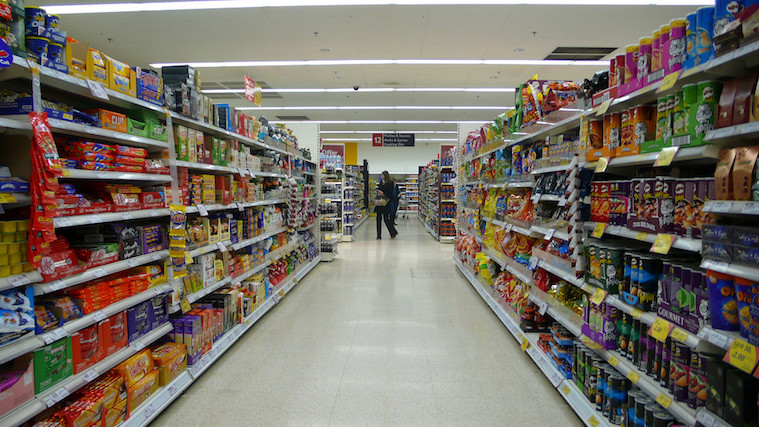Statec, Luxembourg’s statistics office, has published the study in August 2017.
Overall household consumption has risen by around 2% per year on average between 2000 and 2006—almost double the European average (+1.2% for EU28, +0.9% for the Eurozone). However, this can be largely explained through a rise in population (+1.8% per year on average since 2000; only + 1.3% in the Eurozone).
While household consumption significantly decreased everywhere during the Euro crisis years of 2008-2009, and increased afterwards, in Luxembourg consumption had already stalled since 2004.
Along with the economic upswing, the Eurozone has seen household consumption rise since 2015. But not in Luxembourg; while in 2014 and 2015 there was a slight increase, in 2016 it has slowed down again—in spite of exceptionally high growth levels. In Luxembourg, growth was not driven by internal consumption, but rather by international trade.
Disposable income and savings
Household consumption depends mostly on disposable income (used for consuming and for saving). Over the past 20 years, real household consumption (adjusted to the evolution of prices) has progressed slower (2%) than disposable income (3%). The author of the report takes therefore the assumption that savings have played a bigger part, and that this is possibly linked to precautionary measures regarding higher unemployment levels over that period. While in the Eurozone, the relation between consumption and savings has been more or less constant, Luxembourg differs from that model by a propensity to consume less.

Difficulty to distinguish between residents and non-residents
The study however contains several cautionary warnings on the reliability of the data. These are estimates and subject to revisions. Because so many goods and services are bought by non-residents in Luxembourg, it is difficult to determine the origins of the consumer.
A first estimate for 2016 shows a slight increase of 1% in household consumption.
Changing structures in consumption
Most of the household spending items have decreased in Luxembourg between 2000-2015. Over the 12 categories, 8 show a decline (only 6 in the Eurozone). The fall has been most noted in restaurants, food, personal care, use of personal vehicles, energy costs, hotels, rents and furnishing. In many areas, Luxembourg falls in line with other European countries: the decline in spending on food, alcohol, tobacco, clothing, furnishing, transports and press. There is also a similar upwards trend in spending on health, communications, education or financial services and insurance.
In others, however, Luxembourg differs; spending on rent on a house or flat has gone down and spending on maintenance of a house or flat has increased. Household consumption on leisure and culture has also fallen in Luxembourg, while it has gone up in the Eurozone.
